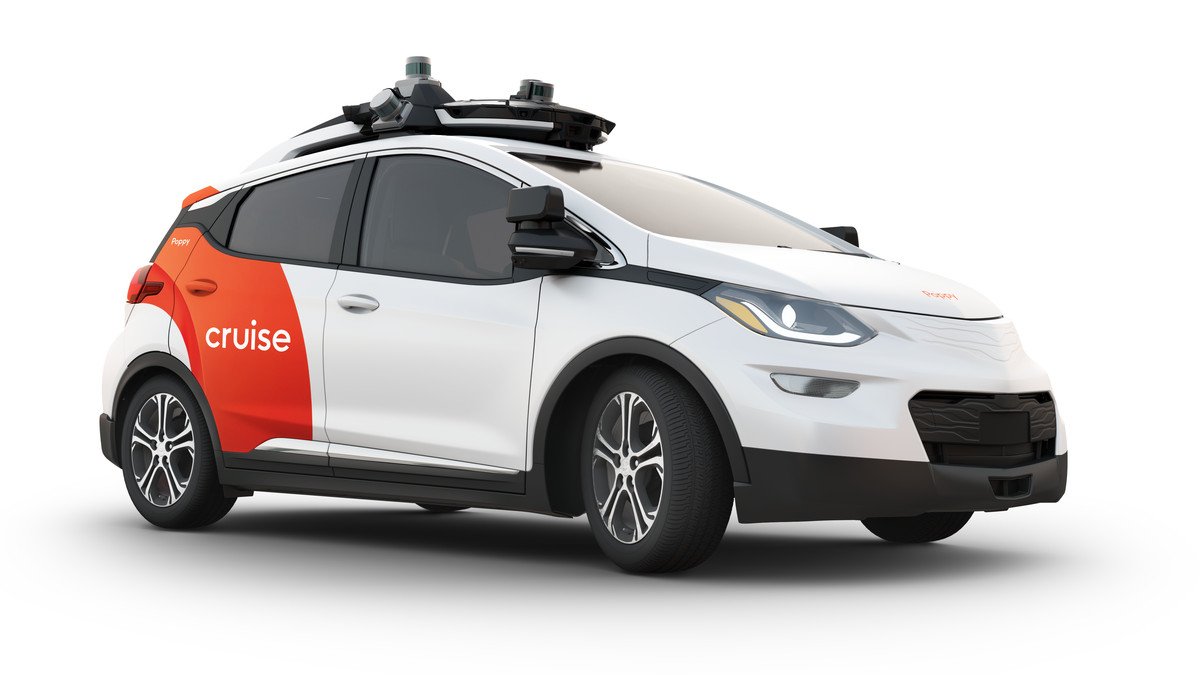About two months ago, Cruise started driving its robotics in San Francisco without a driver. But one of its cars had adventures with the police. The following video was originally posted on Instagram last weekend and captures the embarrassing moment of the San Francisco police when they went to observe the vehicle because its lights do not turn on.

After stopping the Cruise Chevy Bolt, one of the officers approaches his window. He tries (unsuccessfully) to open the door and starts walking back to his car.
The autonomous vehicle, however, starts and starts to move away, leaving the police speechless. But then it stops and lights the alarms a little further. The police arrive behind the vehicle again, the policemen get off the patrol car again and start turning around the car while they are probably trying to figure out how to turn on the headlights.
Welcome to the futures. Cop pulls over driverless car (because no lights?) Then Cruise goes on the lamb. (via https://t.co/mtmsIeOAUP) pic.twitter.com/ecQ5xXuSnS
- Seth Weintraub (@llsethj) April 10, 2022
Such as explained Cruise spokesman Aaron Mclear told The Verge the self-driving vehicle did not take off to avoid police, but was trying to find a safer location to stop. Mclear also confirmed that officers stopped the vehicle for not having its lights on. He even mentioned that Cruise has since fixed it problem.
Cruise, a subsidiary of General Motors, uses LIDAR technology to enhance the self-driving capabilities of its vehicles. THE company uses them cars to transport its San Francisco-based employees since 2017, and has just started rolling out taxis for the city's population.
We do not know exactly what caused the headlights to go out, but it is quite disturbing to think that such vehicles are only allowed to run from 10 pm. until 6 a.m.





